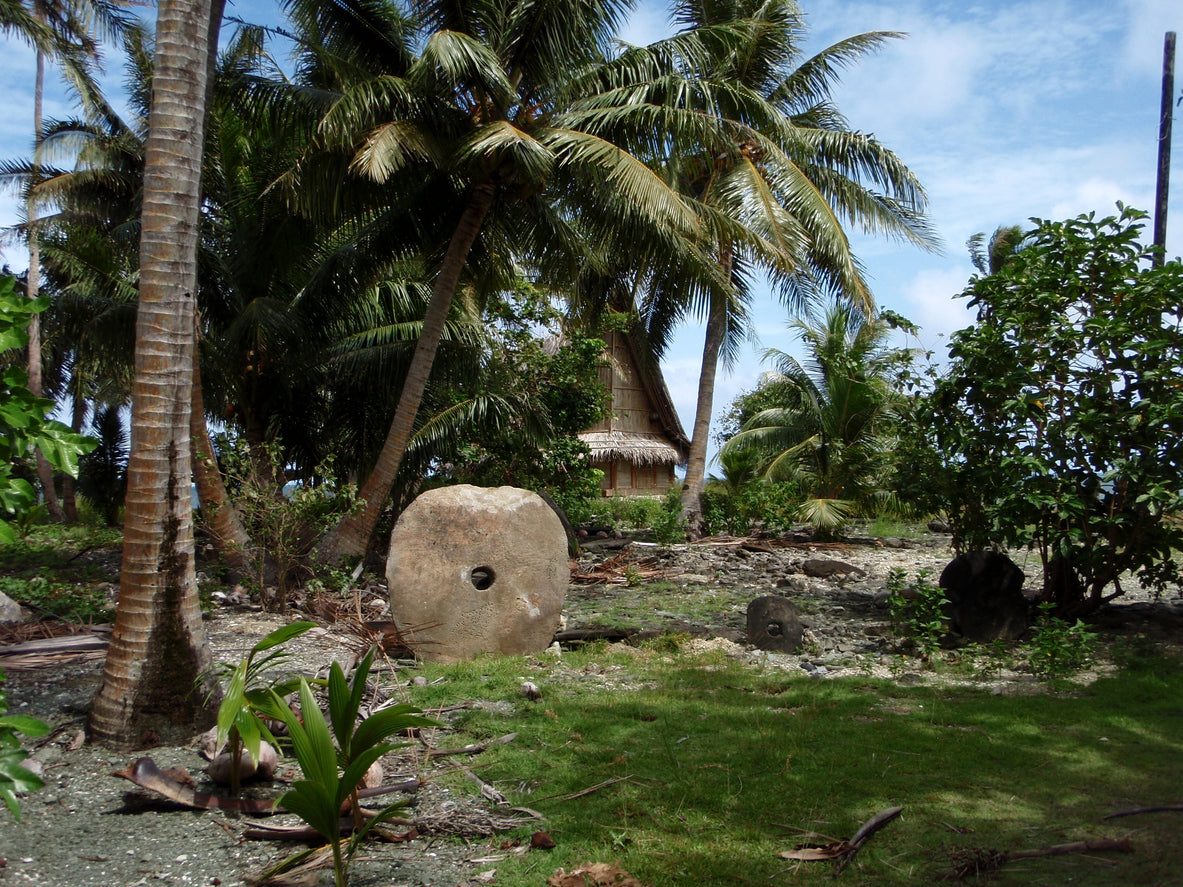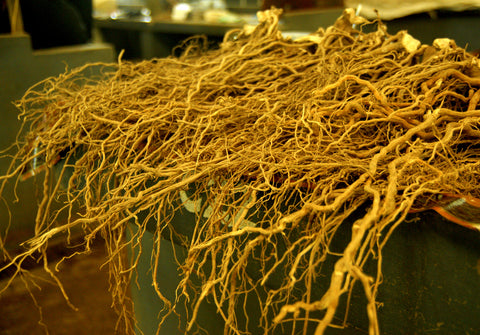
Sitting between Indonesia and Hawaii, in the Pacific Islands, there are hundreds of small islands that make up Micronesia. There are four specific States of Micronesia: Kosrae, Yap, Pohnpei, and Chuuk. Sakau is an important aspect of Micronesia culture, yet the culture has evolved and modernized in recent times.
Micronesia Culture In Each Federated State
The residents in majority are the Chuukese and the Pohnpeian. Most residents speak many languages, one being English. Christianity is the most popular religion on the islands and the U.S. Dollar is the main currency.
Yap is one State of Micronesia where traditions run deep. Many characteristics that were popular thousands of years ago are still in play today. Some Yap islanders still wear grass skirts and loin cloths.
Men of Yap meet in clubs that are built just for the men in the village to communicate about important island and familial topics. This is likely where kava is served and consumed. Kava is not as popular on Yap as it is in the other States, like Pohnpei.
Pohnpei is quite modernized and kava is consumed by many daily. Kava is called sakau here, and along with yams, it is offered at important ceremonial and religious events.
Kosrae and Chuuk cultures are similar in that the church plays an influential role in their community and leaders are established based on their rank in the church or in the government. Subsistence lifestyles are how they survive; selling fish, plants and other island goods.
Many claim Kosrae is where kava originated in Micronesia. They say it was brought to the island by a Kosrean woman who supposedly hid the seeds of the kava plant inside her body when passing through inspection points during her travels.
In all the States, family and lineage is very important. Most residents’ ancestry dates to the settlers of the islands. This may be why traditions are valued so intensely.
Kava is a key staple of each State, but it is used mostly by the people of Pohnpei. In fact, kava has become famous for its use of sakau, or kava.

Harvesting Micronesian Sakau
Kava, or sakau, comes from the root of the piper methysticum plant that is grown in the Micronesian Islands. This plant is a distant relative of the pepper plant and is referred to as an intoxicating pepper on occasion.
The older the kava plant, the better affects you will experience. Mature kava plants are between five and ten years old.
When seeking the best quality kava, you will find it has been harvested from only the root of the plant. The stems, shoots and leaves are typically not used in making kava.
Because kava root does not last long once harvested, it is typically pressed into a powder form that can be dried and transported over great distances. This makes it accessible to people around the world.
How Sakau Is Used
Kava in the Micronesia culture and history has been used to seal agreements such as marriage or business. Kava, due to its calming effects and tendency to make you feel happy, was used to start rituals involving business deals or to send workers off to complete projects. For example, kava was often used to wish blessings on fisherman as they went to hunt and gather.
Ceremonies such as the birth of a child and mending friendships also involved drinking kava. It was a very political drink, offering conclusions to many situations, both positive and negative.
Micronesia culture uses this drink to celebrate funerals, to bless visitors, and to ask for forgiveness. It was originally used only by leaders within the community. Now, every member of the community can partake.
In Pohnpei, this kava is used to resolve disagreements and bring about forgiveness between the two groups who are quarreling. Village leaders offer sakau to both parties, discussions are had, and a peaceful ending is created.
Sakau Preparation
There are basically two ingredients involved in the original process of making such kava. These two ingredients are sakau and water. Today, however, kava can be mixed with other ingredients to produce a more flavorful variety.
The root is pounded or grinded into a pulp. Grinding is typically chosen as the method for preparing sakau. It is done by hand and pressed against a hard substance. For some, a block of coral or stone may be used.
The ground powder is then mixed with water. The wet mixture was then strained. The liquid that was strained is then consumed. Chewing sakau produces the strongest effect due to the release of kavalactones.
Kavalactones are the chemical compounds that determine strength.

Kavalactones in Sakau
There are about eighteen kavalactones found in kava. Of these, only about six are found in Micronesian sakau. These are the best six strands you can extract from the kava plant. Kavalactones determine the effect you will receive from the mixture.
The six common kavalactones associated with giving you the euphoric and calming affects you desire are: desmethoxyyangonin, dihydrokavain, yangonin, kavain, dihydromethysticin, and methysticin.
How to Drink Sakau
There are a few recommendations for drinking sakau that are important to the culture of the island and the tradition of this kava drink.
One example of a recommendation is that you must keep your eyes closed from the time your lips touch the sakau bowl to the time you are finished drinking. According to lore, opening your eyes invites evil in. Others claim you may want to close your eyes due to the mere fact it has a strong odor and by closing your eyes, the smell cannot burn your eyes.
No matter which is true, if you are ever in Micronesia, you will likely try sakau. And if you cannot go to Micronesia, there are many kava suppliers who can sell you Micronesian kava varieties right here in the United States.
Even better, they have done all the arduous work, providing you with a Micronesian mixture that is easy to prepare and consume. All you must do is enjoy its effects.
